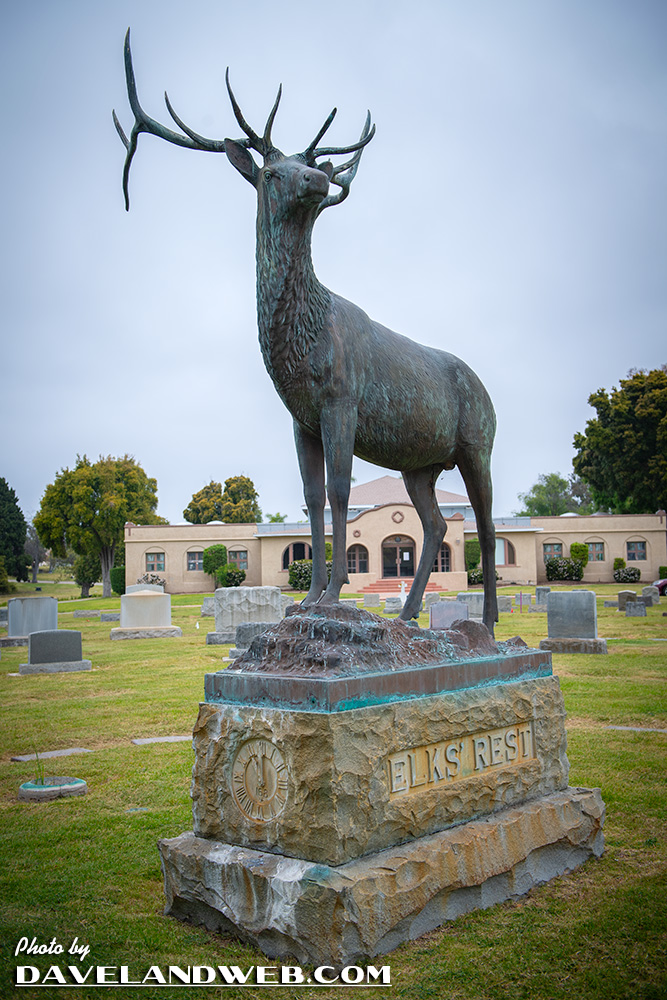
Many of my family members are buried at the nearby Greenwood Memorial Park Cemetery in San Diego, both outdoors in a regular grave as well as some inside the mausoleums. Edited from the Cultural Landscape Foundation website:
Established in 1907, this 125-acre burial ground was underwritten by a consortium of civic leaders, including George Marston [of Marston Department store fame] and William Kettner, who were concerned that city-run burial grounds were falling into disrepair. Located adjacent to the earlier, larger Mount Hope Cemetery some five miles east of downtown San Diego, the cemetery contains several large mausolea, including the Cathedral Mausoleum, which opened in 1919, and the four-story, two-acre Bible Mausoleum, constructed in 1970. Smaller, private mausolea, built as the cemetery developed, dot the landscape. Opened in 2017, the densely planted Mirror Lake cremation garden surrounds the southernmost of three constructed ponds. Inlaid with memorial plaques, the garden’s stone wall descends an escarpment to a rustic bridge that spans a cascading, stone-lined stream. Designed by George Cooke, the cemetery was intended to look and function like a picturesque park, with palm-lined paths and vast, undulating lawns interspersed with Australian willows, strawberry trees, sweet bays, and coast live oaks. In the cemetery’s southwest corner, two adjacent, circular plots called Arbor Vitae and Elks’ Rest contain concentric rings of graves that radiate from central monuments. Burial plots are set aside for firefighters, fraternal and military organizations, and various cultures and faiths.
Above is a photo of the Elks’ Rest area, where my maternal Great Grandparents are buried. I’m not sure of the meaning of the stone clock forever set at 11pm, but it’s still kind of cool!
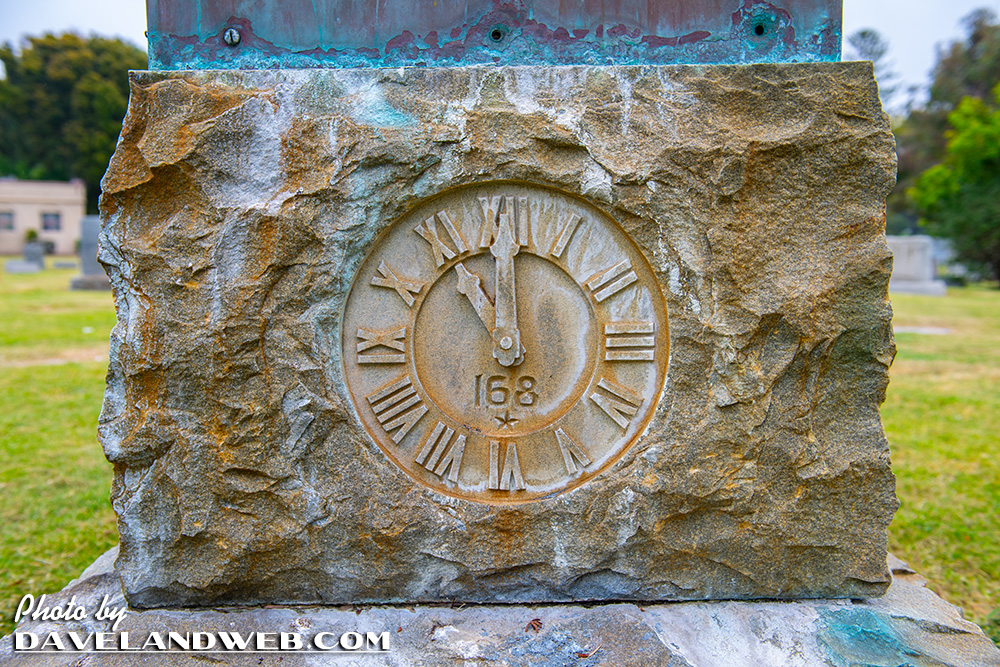
The cemetery hosts several chapels, a mortuary, crematory, and various statuary, including a veterans memorial and religious figures. Fourteen acres in the eastern section of the property are reserved for future development.
I do like strolling through old cemeteries and seeing the skill and craftsmanship that went into creating the older tombstones. Seeing the graves of the little ones are so sad, though. You can only imagine the grief of the parents who lost their offspring at such a young age.
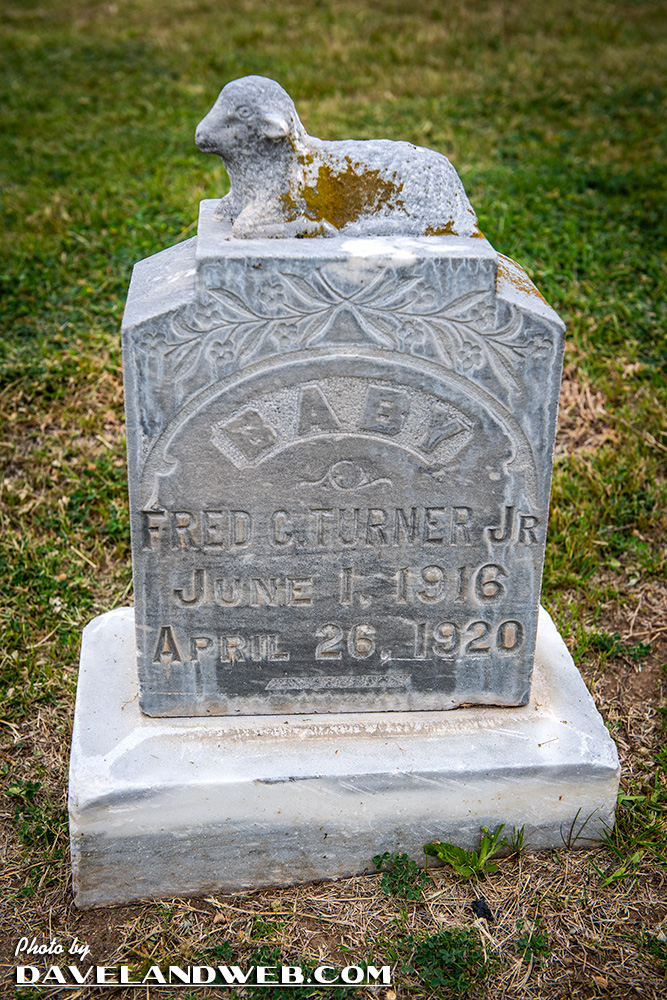
Jesus has gotten a little moss-covered over the years.
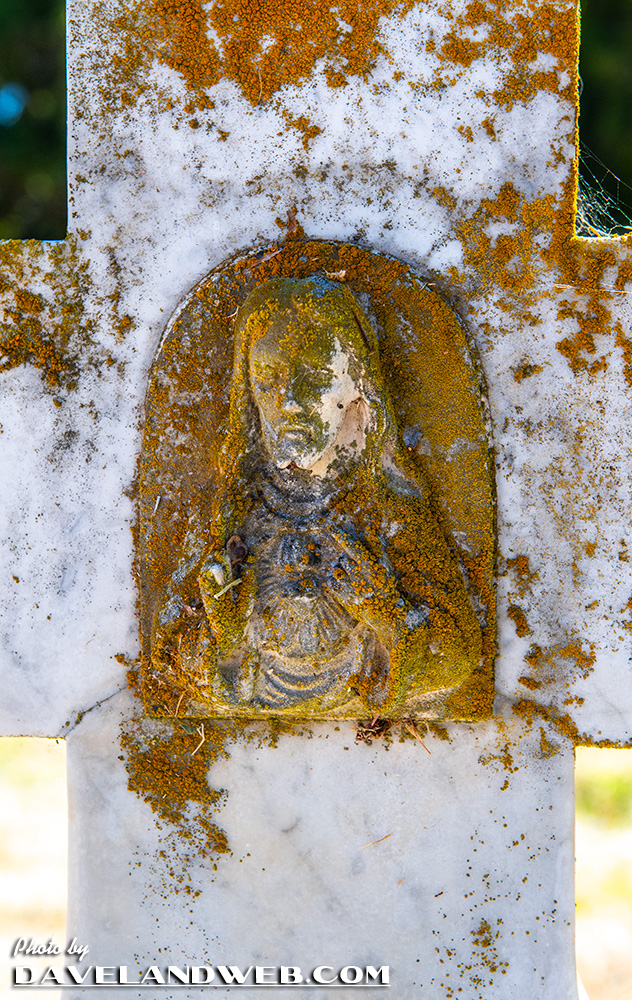
Overall, the grounds are fairly well kept. The mausoleums are a different story. Because of looting and the homeless, they remain locked now, and family members must seek assistance in the chapel to have a groundskeeper unlock them. Inside, there are leaks, broken windows, and other signs of deferred maintenance.
One of the more famous residents of the Catholic Mausoleum is Ernestine Schumann-Heink (June 15, 1861 – November 17, 1936), an operatic dramatic contralto of German Bohemian descent. She was noted for the flexibility and wide range of her voice. Heink and Schumann were her two husbands’ surnames. In January 1910, she moved to a farm located just outside San Diego, where she would live until her death of leukemia November 17, 1936 at age 75. Her funeral was conducted by the American Legion at the Hollywood Post Auditorium, and she was interred here at Greenwood Memorial Park in San Diego. On Memorial Day, May 30, 1938, a bronze tablet honouring Schumann-Heink was unveiled by her granddaughter, Barbara Heink, at the Organ Pavilion in Balboa Park, San Diego. I have yet to photograph that; yep, another bucket list item!
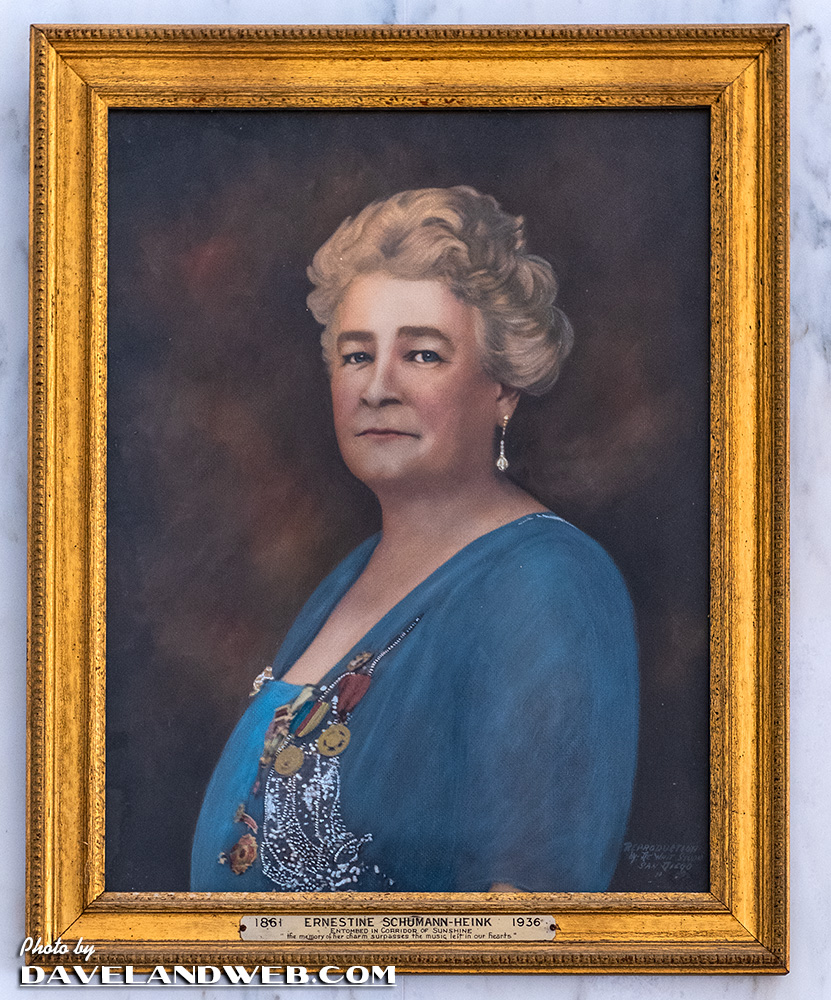
Here’s what is believed to be the only footage of her singing, captured when she was 65:
The stained glass inside the Catholic Mausoleum is beautiful, especially when the sun hits it just right.
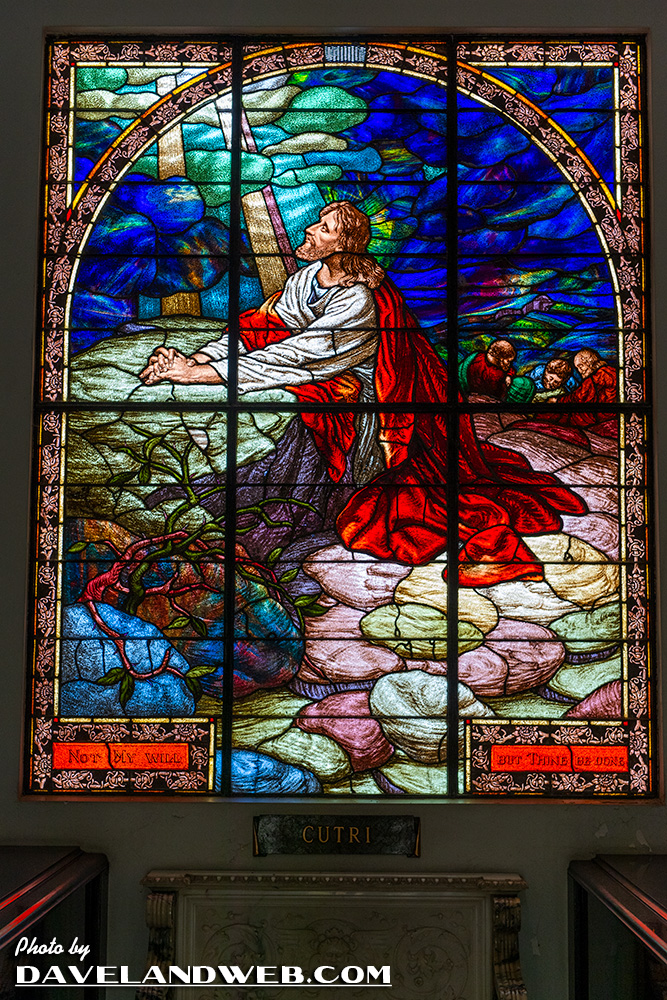
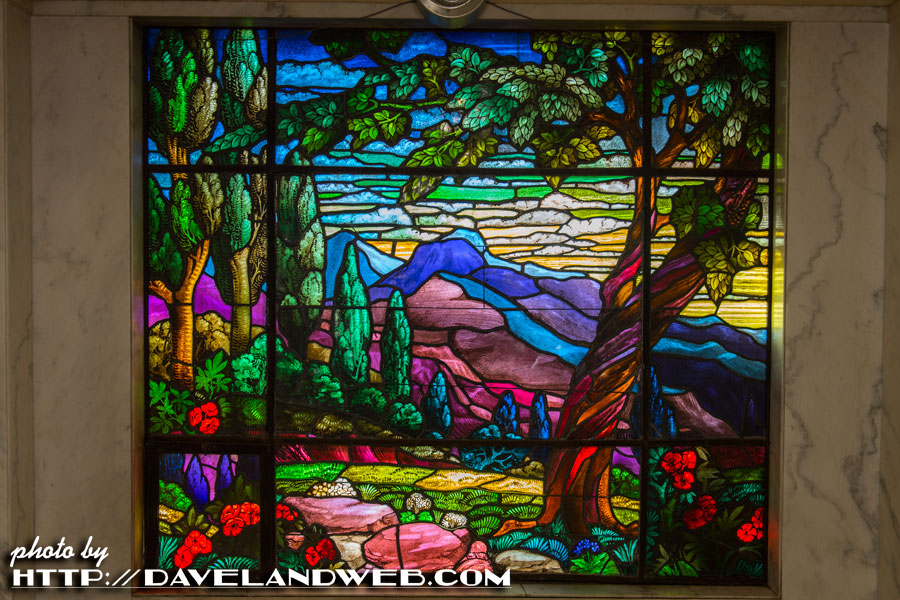
A number of statuary and busts are spread throughout the mausoleum:
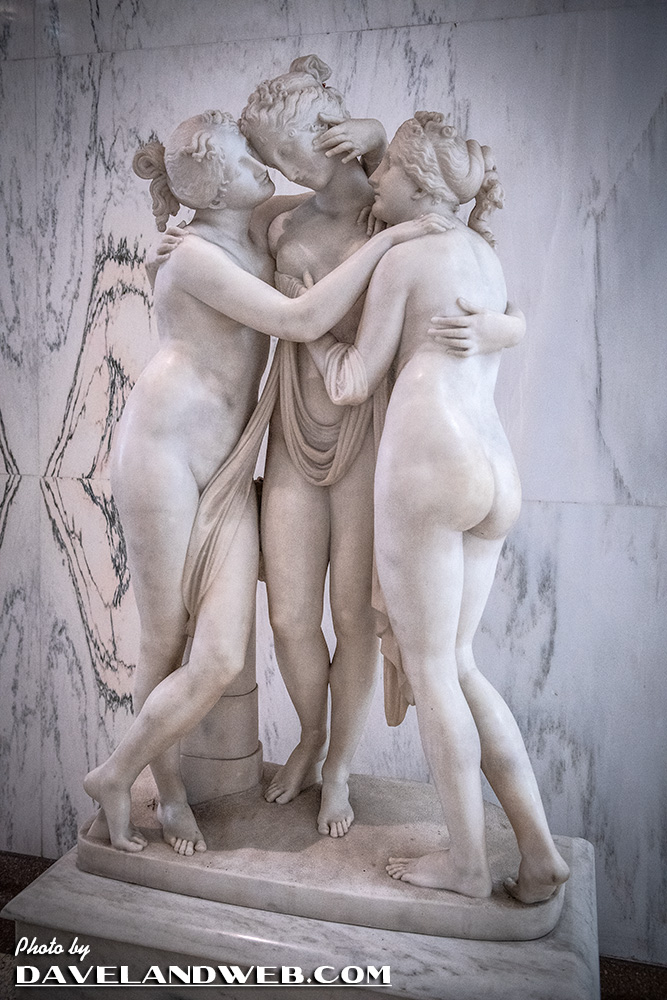
Looks like Huck Finn or Tom Sawyer!

The face on this one is so expressive:

Another (in)famous resident is Dan Broderick and his second wife, Linda. He is best known as being the murder victim of his first wife, Betty, who is still incarcerated in Chino, California.
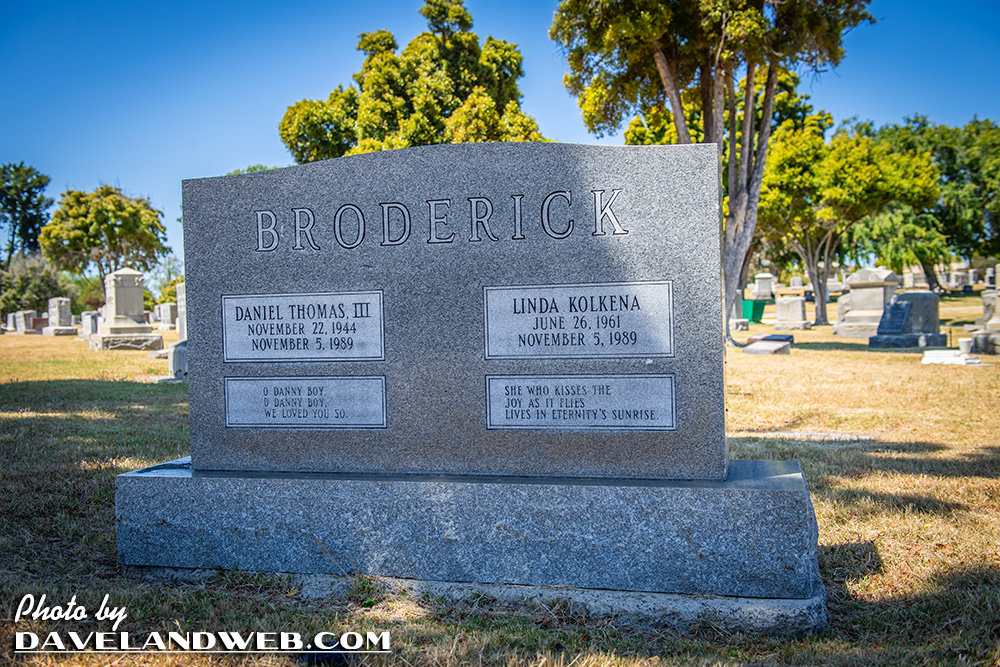
Nearby is the Lily Lake, which could use a little bit of maintenance. These turtles didn’t seem to mind.
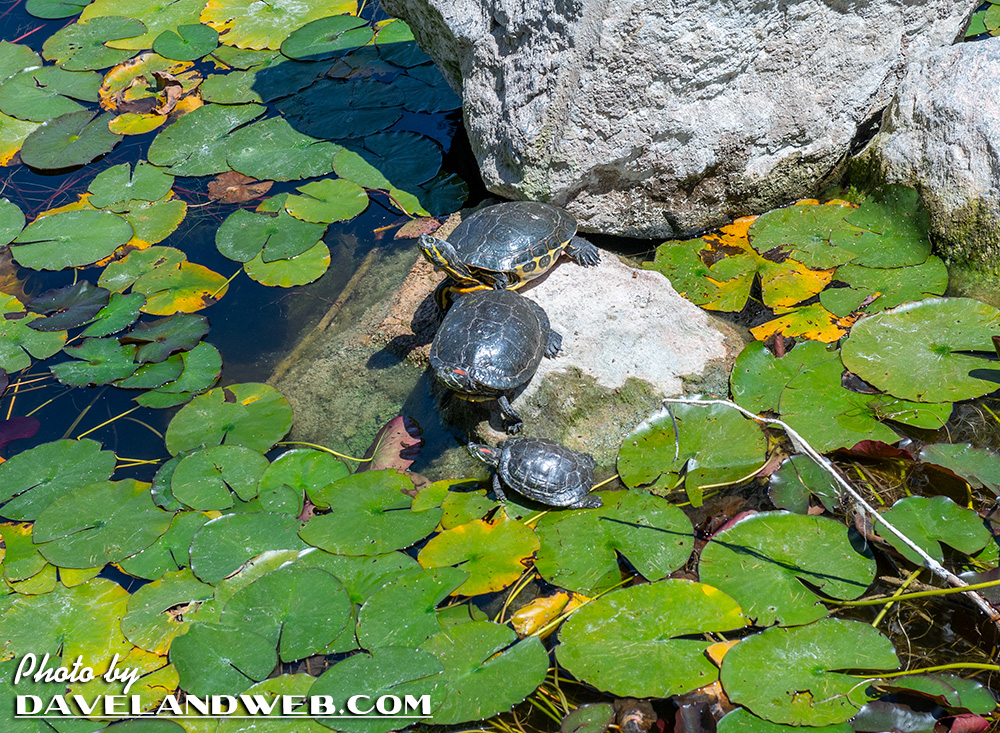
Victor Buono is inside this crypt with his mother, Myrtle. Interestingly enough, his name is left off the marble facing.
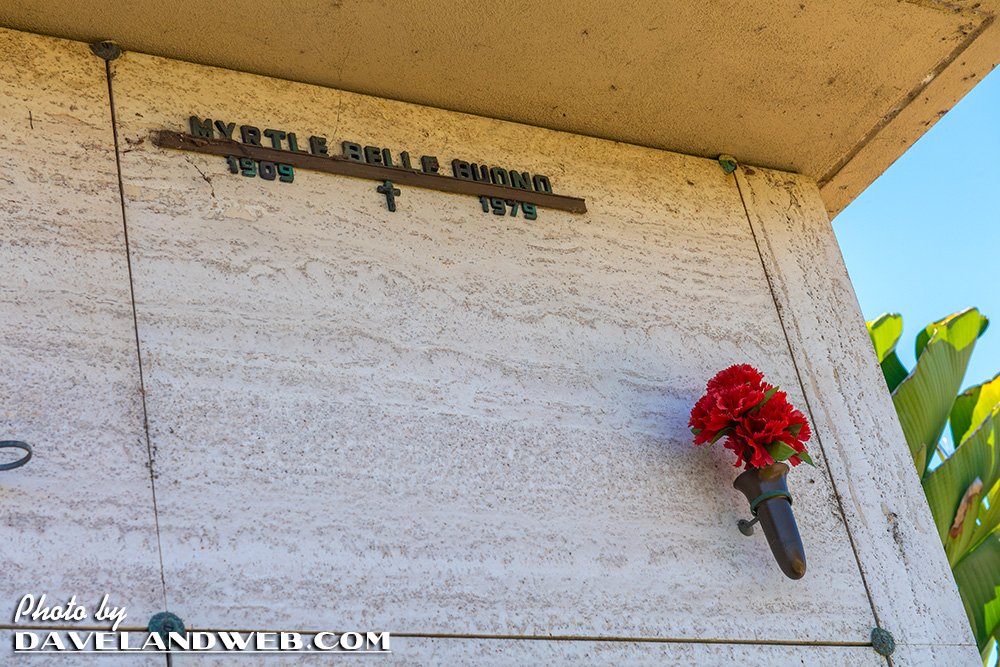
Buono is best known for his roles of Edwin Flagg and “Whatever Happened to Baby Jane?” (1962) and as King Tut in the “Batman” TV series (1966).

See more cemetery photos at my main website.

that stained glass landscape is so beautiful.
ReplyDeleteVictor Buono was another classic character actor of his day. He had a niche and did it well. Quite fortunate that any samples of Ernestine Schumann-Heink even exist. To be filmed on the cusp of the age when such a thing even started to be possible. I hope you someday find out what that whole "11 o'clock thing is about. I'm sure it will be innocuous and not some grand "National Treasure" style mystery but still, why that time? The last hour of one's life? Some moment of significance?
ReplyDeleteHappy Birthday week, Dave.
Max - I'm a sucker for stained glass, and that particular mausoleum has so many more of those in there.
ReplyDeleteBryan - Thanks for the bday wishes and yes - someday we will solve the clock mystery!